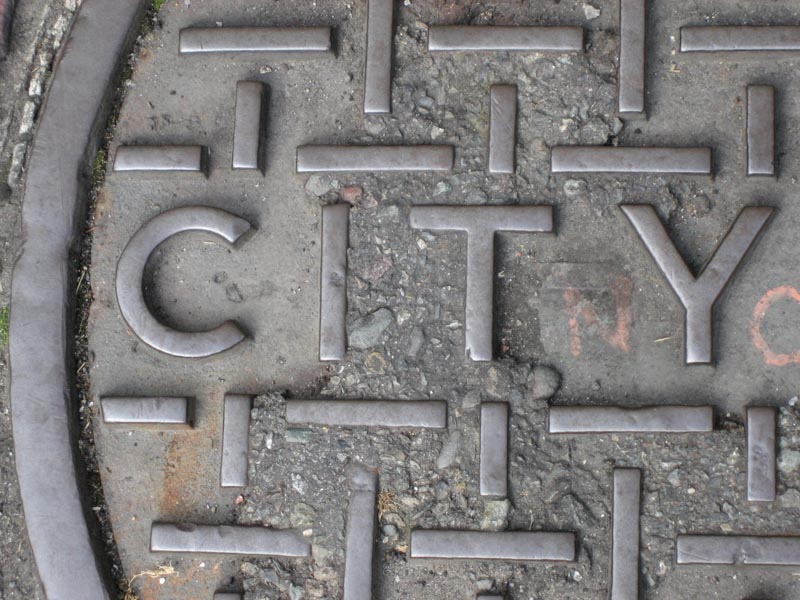
Customer Processions and Place Experientiality*
You’re a journeyer, a wanderer, the wayfarer and walking sensation-searcher, right?
When I go anywhere, I like to touch everything. As I come—and go—I’m looking for feelings. Of course, that’s a human condition, but perhaps the query lies in the depth of your observations and walking “experiencement.” Yes, this word comes to mind, but it doesn’t exist, so I made it up. I also made up, at the time, experientiality—but it turns out that’s a real word, a scientific expansion on narratology. Storytelling.
When I come to a place, or think about making a place, I’m automatically looking for textural expression—“what’s that feel like?”
The qualifications of synesthesia presumes an intermixture of senses—one, intertwined with another—the seeing hand, for example, or the hearing tongue. “I see with my hands, I feel with my instinctive heart, I taste sound, I smell color.”
Likely, all of you do the same thing, in your own way—for example, “I could just taste the sound of that concert, it reminded me of so many other times, experiences, they all interplay, memory and empowered, energized recollections. And their sensations.” As a designer, and experience-developer, it’s intriguing to explore how customer journey, points and routes of explorations can mix the production techniques of manufacture to take into consideration the craft of experientially intermixed sensations.

You could consider the context of walking—“what’s that feel like?” As a driver, moving from a crisp section of highway to a concrete mottled sequence—it’s obvious, you feel it. And wonder, “wait, do I have a flat tire?”
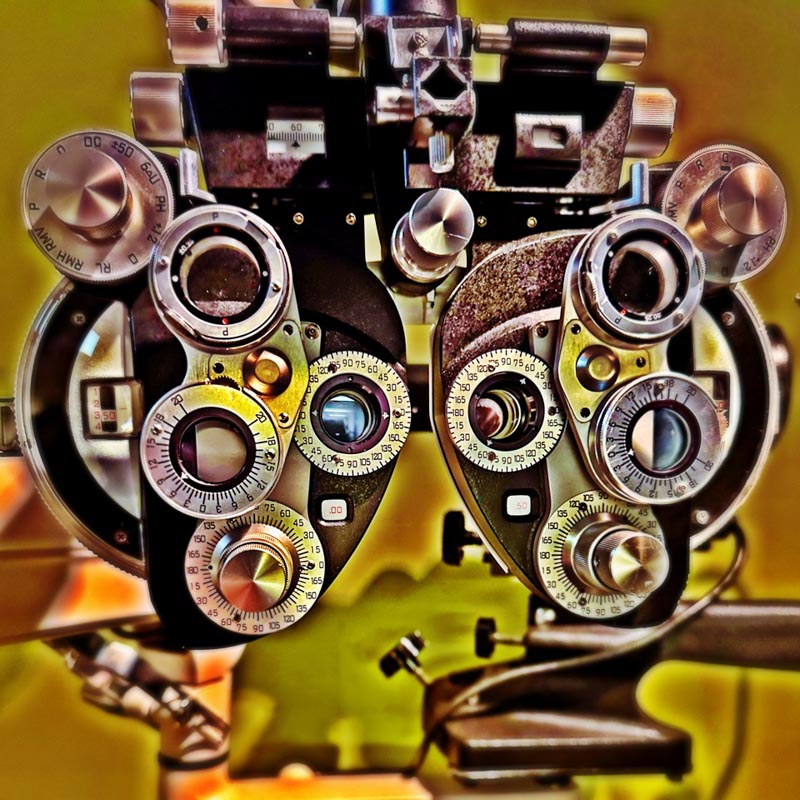
In that journeying pathway, layering in the detailing of how people experience things—what’s that look like, what’s that feel like—and those sensations could be thoroughly integrated? Even in procedural contexts—what does this emotionally intimate?
I just walked through this process, and was thinking about the holism of that encounter—from the scent of the sanitizing fluids, the touch of the latex gloves, the steely physical contact with my face and eyes, to—yes, you guessed it—trepidation.
Still, it’s a sequence of sensational contact, and by its nature, it’s synesthetic. It interplays the holism of the touchpoints of connection with a human. The feet, hands, scents, sounds and sight.

Of course, even in a underground station, thoughtfully, all details can be brand-linked—stride on stride, details in moments of exploration—
Or, in retail merchandising, shelf-talking: “what’s here, what’s that? I can see it,
I can touch it; and I can buy it.”
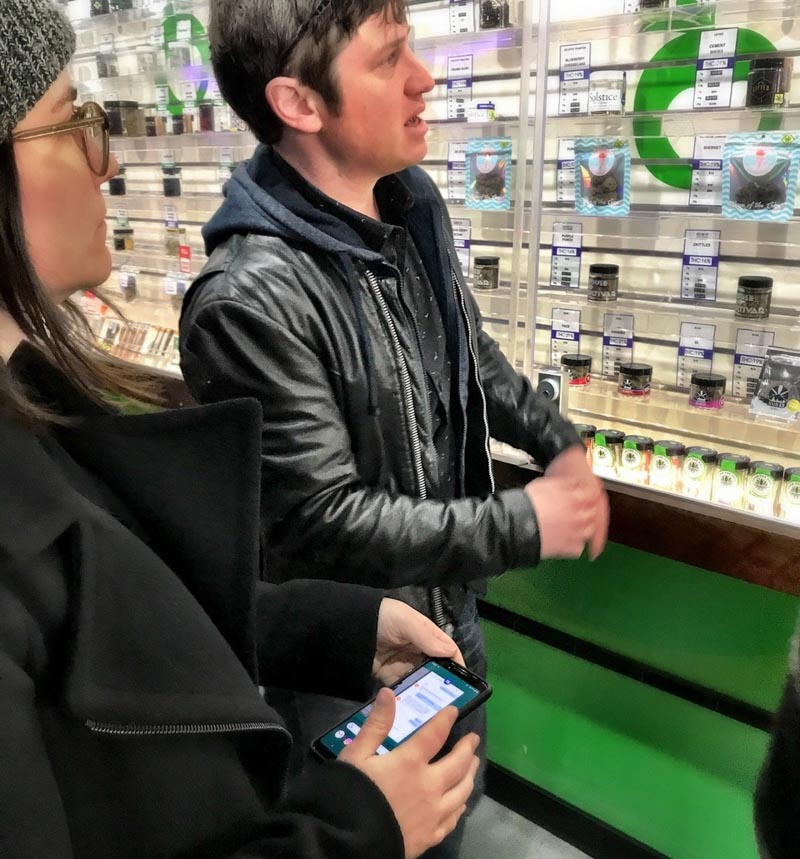
And I can ride it. In the moment. With movement.
And the momentum in each of the contacts,
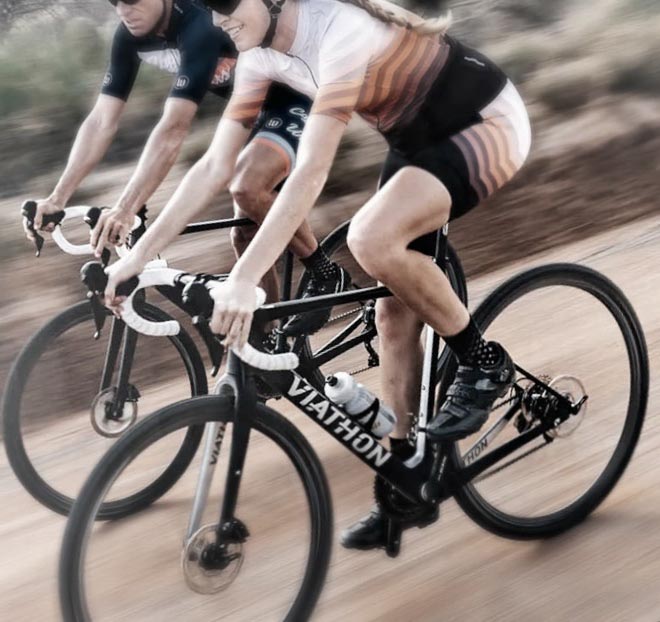
the reel of the derailleur, the grace of wind in the face, the power of the gears in the climb, the grip of the handlebars, the squeal of the braking—and the road, and you.
Above, GIRVIN’s Viathon for Walmart.com.
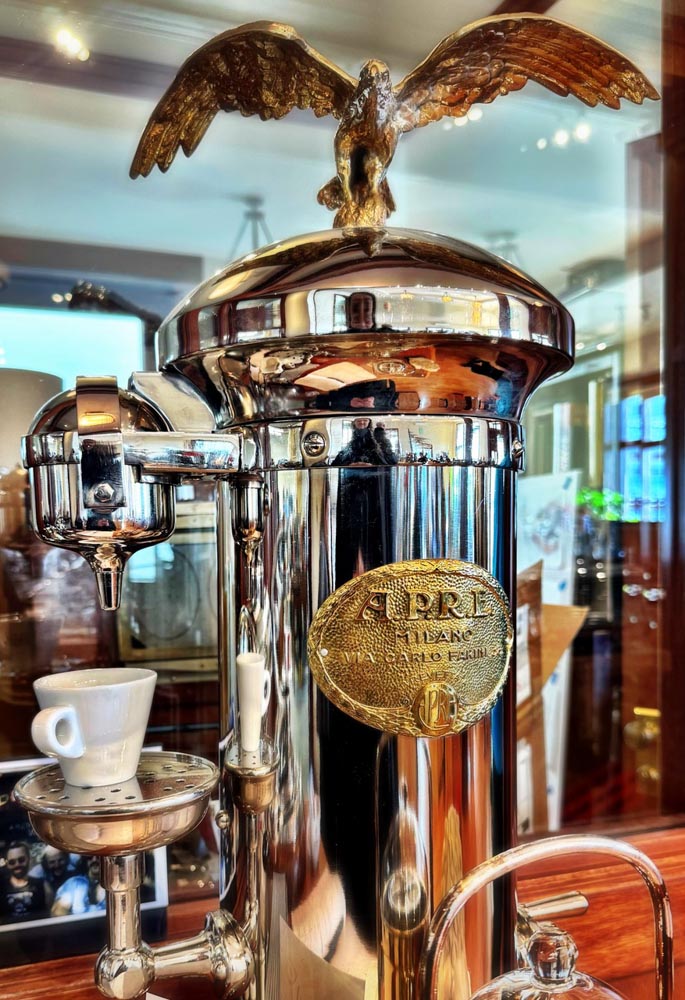
While a bike is an exemplar of complex, motion-related design, there are other touchable, touchpoint-related narratives in dining experientiality, like the industrial design storytelling and form design, F&B hardware—the design language becomes a disciplined expression of holistic intent, that can be mirrored in other articulations of the art of an integrated strategy of guest embracement.
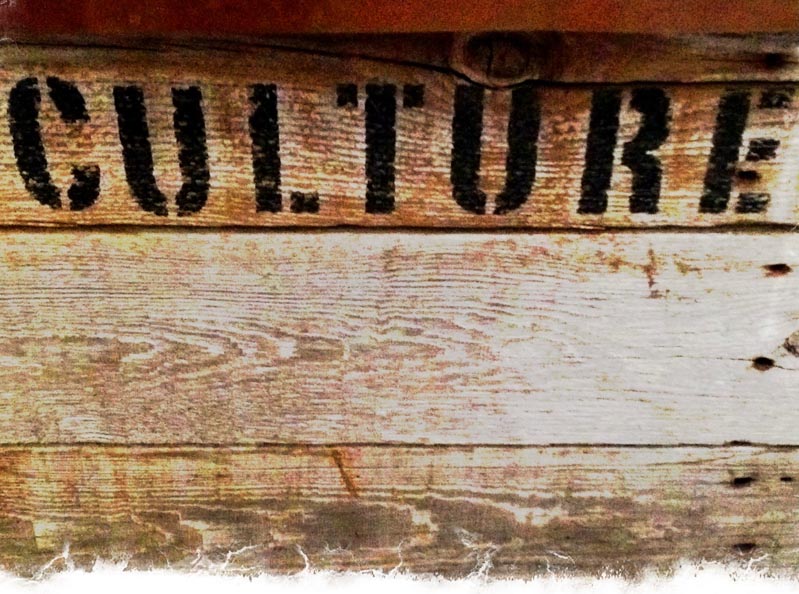
GIRVIN + Dannon’s Yogurt Culture
The implications of human connectivity play out in the sensical magnetism of a place that is designed as a sequence—your people, how warm are they, welcoming, considerate, attentive?
Culture and your brand characterizations of attributes in training-in emotionally intelligence will add to the legacy of memorability.
In the unforgettable tiering of layered context—people notice the tiny details and the large expanse
of designed spectacles for your journeyers to sojourn their own meander.
Tim
I collaborate
GIRVIN | Strategic Brands
Destination Brands
We build projects in strategy | story | naming | messaging | print
identity | built environments | packaging
social media | websites | interactive
––––––––––––––––––––––––––––––––––––––––––––––
Follow Us:
Facebook LinkedIn Instagram Behance
*Experientiality: design thinking founded on a multi-sensory
strategy of experience development: an integrated holism.
In the final analysis, be true to your brand, integrating experience details that
express the authentic narrative of strategy along with the ensuing tactical expressions;
and in this truth syncs meaning, context, memory and sensate details.
